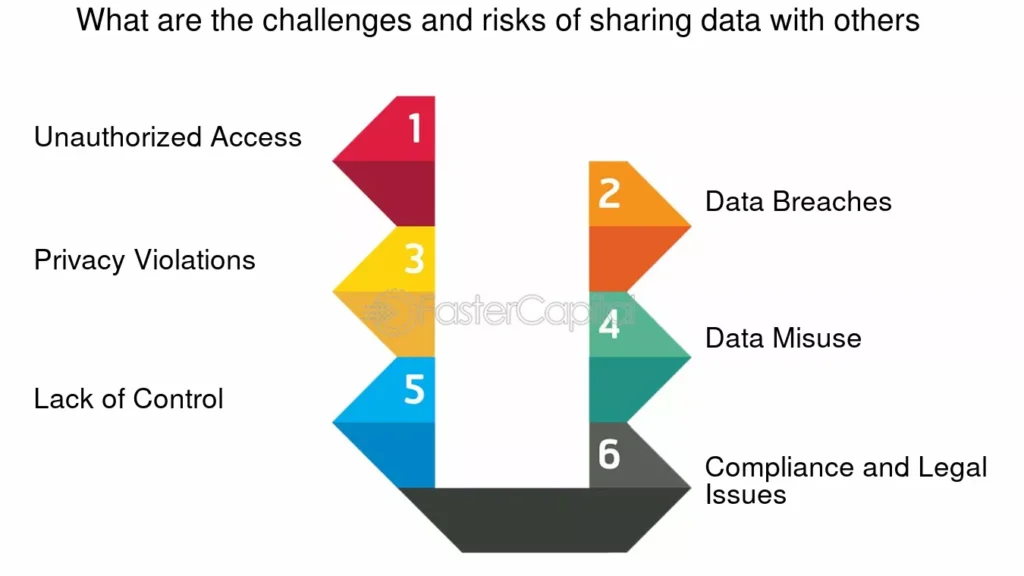
In today’s interconnected world, information spreads rapidly, and accidents are no exception. The question of whether or not to share details about accidents publicly is a complex one with both potential benefits and risks. This article will delve into the various aspects of public accident sharing, exploring its advantages, drawbacks, and crucial considerations for responsible dissemination of information.
This article will first examine the potential benefits of public accident sharing, focusing on its role in fostering transparency and trust, as well as raising awareness about safety issues. Subsequently, we will analyze the inherent risks associated with this practice, particularly concerning privacy concerns and the potential for sensationalism. Finally, we will provide a comprehensive set of considerations to guide individuals and organizations when deciding whether or not to share accident information publicly.
Public Accident Sharing Benefits
Publicly sharing details about accidents can have several positive consequences, contributing to a safer and more transparent society.
Transparency and Trust
Open communication about accidents can significantly enhance transparency and build trust between organizations, authorities, and the public. When accidents are acknowledged and investigated openly, it demonstrates accountability and a commitment to learning from mistakes. This transparency can foster public confidence in institutions and encourage individuals to report incidents without fear of reprisal.
Safety Awareness
Sharing information about accidents, particularly those involving common hazards or systemic issues, can raise awareness about potential dangers and promote safety best practices. By highlighting the causes and consequences of accidents, it can educate the public and encourage them to take preventive measures. This collective learning can contribute to a culture of safety and reduce the likelihood of similar incidents occurring in the future.
Risks of Public Accident Sharing

While public accident sharing can have benefits, it is crucial to acknowledge the potential risks associated with this practice.
Privacy Concerns
Sharing details about accidents, especially those involving individuals, can raise serious privacy concerns. It is essential to protect the identities and personal information of those involved, as well as their families and loved ones. Publicly disclosing sensitive details without consent can have lasting negative consequences for individuals and their reputations.
Sensationalism
The media often sensationalizes accidents, focusing on the most dramatic aspects and potentially exaggerating the severity or impact. This can create undue fear and anxiety among the public, distort perceptions of risk, and detract from the importance of learning from the incident. It is crucial to avoid contributing to sensationalism by sharing accurate and balanced information.
Considerations for Public Sharing

When deciding whether or not to share details about an accident publicly, it is essential to carefully consider the following factors:
- Severity of the Accident: The nature and extent of the injuries or damage should be taken into account. Less severe accidents may not require public disclosure, while more serious incidents may warrant greater transparency.
- Potential Impact on Individuals: Consider the privacy and well-being of those involved, including victims, witnesses, and their families. Avoid sharing sensitive information without consent and prioritize their protection.
- Public Interest: Assess whether the public has a legitimate interest in knowing about the accident. Is it a matter of public safety, systemic failure, or significant impact on the community?
- Accuracy and Reliability: Ensure that the information being shared is accurate, reliable, and verified. Avoid spreading rumors or speculation, and rely on credible sources.
- Ethical Considerations: Adhere to ethical principles of responsibility, fairness, and respect for all parties involved. Consider the potential consequences of sharing information and strive to act in a manner that promotes transparency and accountability.
Conclusion
Public accident sharing presents both opportunities and challenges. While it can foster transparency, build trust, and raise safety awareness, it also carries risks related to privacy concerns and sensationalism. By carefully considering the factors outlined above, individuals and organizations can make informed decisions about public disclosure, balancing the benefits of transparency with the need to protect individual rights and promote responsible information sharing.
